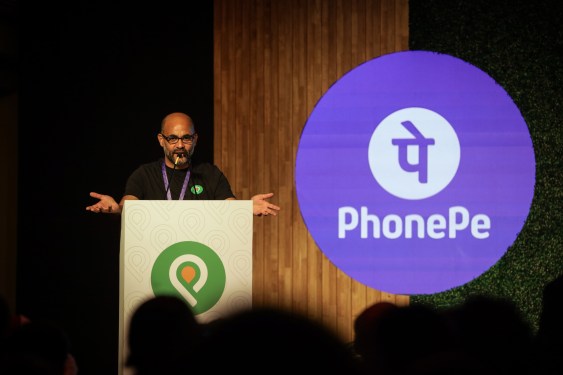India Grapples with Dominance of PhonePe and Google Pay in UPI Payments Network
A Quandary for the NPCI: Limiting Market Share or Allowing the Status Quo?
India is facing a complex challenge in enforcing long-overdue rules to curb the dominance of PhonePe and Google Pay in the country’s ubiquitous Unified Payments Interface (UPI) network, which processes over 10 billion transactions monthly. The National Payments Corporation of India (NPCI), a special unit of the Indian central bank, wants to limit the market share of individual companies in the popular UPI system to 30%. However, with rival Paytm now struggling after strict regulatory action, the NPCI faces an acute challenge in bringing down the commanding share of the leading duopoly.
Background: The Rise of PhonePe and Google Pay
India’s real-time digital payments system, UPI, has radically transformed the country’s payments landscape since its launch in 2016. The UPI network features about 500 banks, 70 million merchants, and a monthly transaction volume exceeding 10 billion. PhonePe and Google Pay have emerged as the top two players, controlling over 83% of the growing payments market.
The Original Proposal: A Check on Market Share
In its original proposal (PDF), the NPCI proposed limiting the market share to mitigate risks on the system and to "smoothen out all the transactions in the UPI ecosystem." At the time of the proposal, PhonePe and Google Pay commanded under 80% of the UPI market. The NPCI delayed enforcing the rules until 2024, leaving many industry players wondering about its intentions.
The Dilemma: A Technical Barrier or a Regulatory Challenge?
NPCI officials believe there is a technical barrier to achieving the goal and have sought industry players in recent quarters for ideas, two sources familiar with the situation said. However, it remains unclear whether this is a genuine concern or a justification for not enforcing the rules.
The Parliamentary Panel’s Recommendations: Support Domestic Fintech Firms
A parliamentary panel has asked New Delhi to support domestic fintech firms to counter the dominance of PhonePe and Google Pay. The recommendation came after the central bank directed Paytm to stop several operations at Paytm Payments Bank, the associate entity that processes transactions for the financial services group.
The Impact on Paytm: A Struggling Rival
Paytm’s further loss of market share would benefit the top two players, industry executives cautioned. Citing official data, the parliamentary panel said PhonePe had 47% and Google Pay 36% market share during October through November 2023. Macquarie brokerage firm dramatically cut its 12-month price target on Paytm over concerns that its lending partners and customers may leave the platform.
The Central Bank’s Response: Allowing Market Forces to Play Out
India’s central bank, however, is beginning to hint that perhaps a few players commanding the UPI market share isn’t really a problem. The RBI Deputy Governor Rabi Shankar said at a press conference last week that the central bank has no concerns about UPI apps becoming too big and how big someone becomes is for "the market to decide."
The Market Forces: A Regulatory Conundrum
The NPCI’s dilemma highlights the complexities of regulating the fintech industry. The regulator must balance the need to promote competition with the risk of stifling innovation. Allowing market forces to play out may lead to a more competitive landscape, but it also risks perpetuating the dominance of a few large players.
Conclusion: A Regulatory Challenge for India
India’s digital payments strategy is at a crossroads. The NPCI must navigate the complexities of regulating the fintech industry while ensuring that innovation and competition are not stifled. The success of its efforts will depend on striking a balance between promoting competition and allowing market forces to play out.
Related Articles:
- India’s Digital Payments Strategy is Cutting Out Visa and Mastercard: Manish Singh, January 6, 2025
- NomuPay Raises $37M at a $200M Valuation to Build Payment Rails in Underserved Markets across Asia: Ingrid Lunden, January 7, 2025
